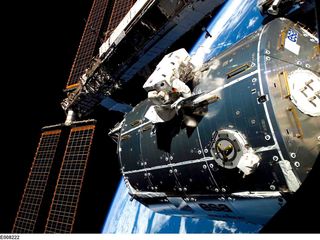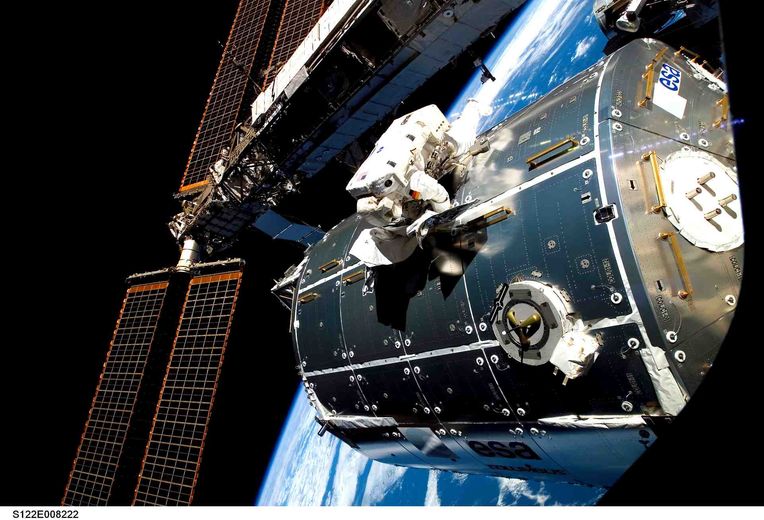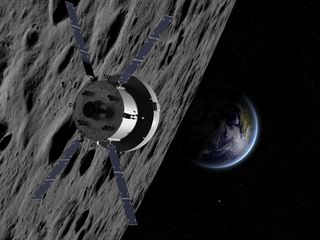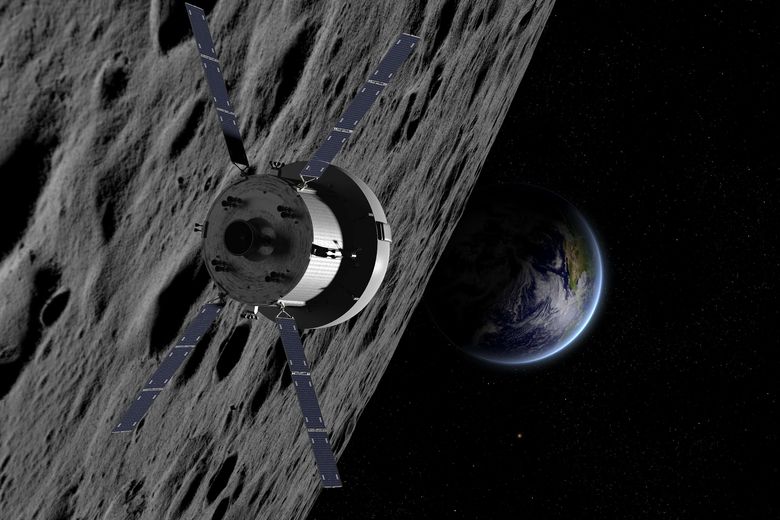Starlab
Unleashing the next generation of commercial space stations
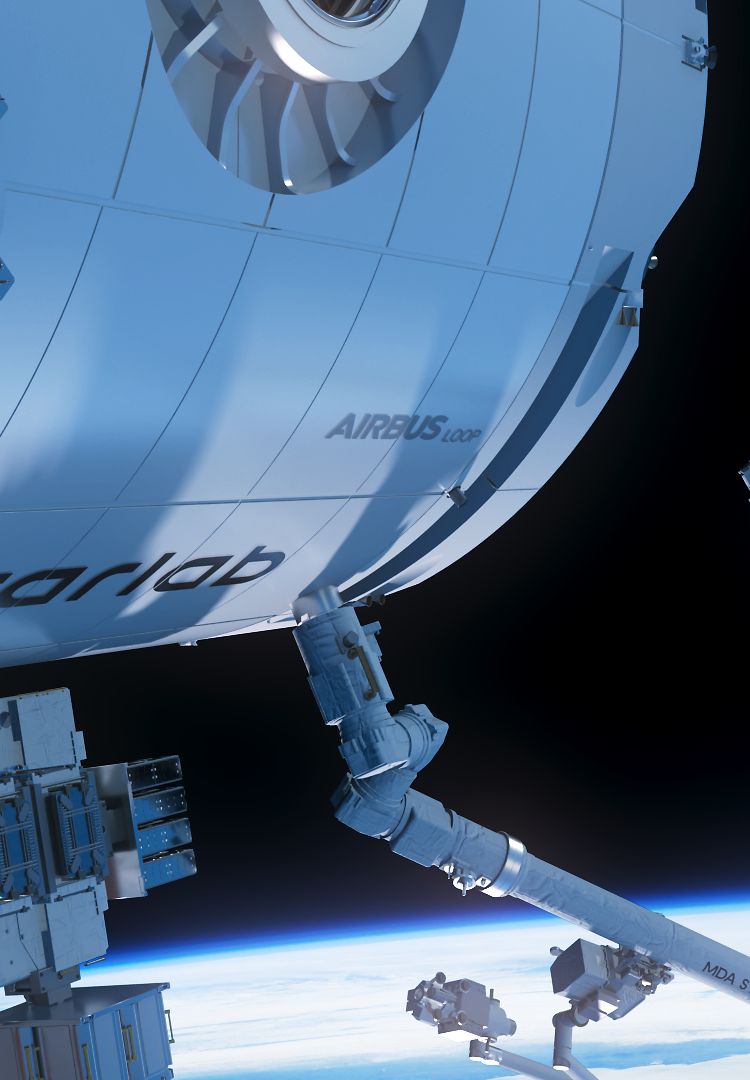
A new ecosystem for space cooperation
When the International Space Station (ISS) comes to the end of its lifetime around 2030, Airbus and its partners aim to have its successor, Starlab, up-and-running. This next generation space station is designed to ensure a continued human presence in low Earth orbit and will enable a seamless transition of microgravity science and research from the ISS into the era of new commercial space stations.
Starlab will have the capacity to conduct over 400 experiments or technical investigations per year, serving a global customer base of space agencies, researchers, and large and small companies. It will be the foundation for continued international cooperation in space - accelerating a viable space ecosystem 400 km above the Earth.
To achieve this, Airbus, US-based Voyager, Japan’s Mitsubishi Corporation and Canada’s MDA have formed the Starlab Space LLC international joint venture to design, build, and operate the Starlab commercial space station.
The design and development of the station are moving ahead swiftly and the teams are now working towards the Critical Design Review (CDR), scheduled for late 2025.
The Starlab space station
The Starlab station consists of a large steel-cased module of ~8 metres (26+ feet) in height and diameter, providing maximum protection against any external influences and ensuring a 30-year service life. It will also include a smaller equipment bay module (storage, support systems, hygiene facilities) and is supported by a powerful service module with a 60kW power and propulsion element (PPE). Several docking ports ensure that visiting vehicles can dock comfortably. The compatibility of these ports reflects all current standards, allowing crew and cargo transport to be carried out by a variety of providers.
At the heart of Starlab is the Airbus LOOP multi-purpose orbital module. In this design, several decks, connected by a central tunnel surrounded by a greenhouse, will provide astronauts with ample space for their science and research, as well as for exercise and free time – including the view from windows of a dimension never before seen in a spacecraft.
Designed for a crew of four, it can temporarily accommodate up to eight astronauts, e.g. during crew rotation periods. To provide a sense of “home away from home” and optimise the use of space, the renowned hospitality team of Hilton is a Starlab partner, supporting the design and development of crew suites, communal areas and more aboard.

Instantly operational
An key design feature of Starlab is its ability to reach orbit as a fully operational facility on a single flight of a super-heavy launcher: the SpaceX Starship has been selected for this historic launch.
This way, the Starlab station can be completely outfitted on-ground, including with a fully operational science park. Once in orbit, Starlab will be operational within a few weeks .
This “no assembly required” strategy contrasts with the International Space Station (and other contemporary space station concepts), which need to be built over a period of years by linking up building-block modules in orbit.
Starlab users
Starlab will be a space platform dedicated to conducting advanced research, fostering industrial activity, and innovation. As an on-orbit science park, Starlab aims to provide streamlined, agile access to research infrastructure in space (and on Earth) to accelerate discovery and innovation by a global user base.
Initially, the majority of the activities aboard the station will come from institutional users, i.e. Space agencies and research and science institutions around the World – similarly to the ISS today. The first and foremost objective of Starlab is to enable a seamless continuation of current ISS operations, and many of today’s ISS users are already discussing their requirements with the Starlab teams, so that the new station can be designed to optimally meet their needs.
In addition, developments in recent years have shown the interest of commercial players in using the station for their R&D or even commercial endeavours. This interest is growing, slowly, but steadily and Starlab is of course ready to accommodate these users as well.

Benefitting from Airbus’ experience in human spaceflight
Building on a substantial heritage from major human spaceflight programmes such as the ISS Columbus module, the ISS cargo re-supply Automated Transfer Vehicle (ATV) and the European Service Module (ESM) for the Orion spacecraft taking humans back to the moon, experts at Airbus in Bremen and Friedrichshafen (Germany) as well as Toulouse (France) are working on this programme.
Pioneering space modules and transfer systems
Columbus module and Bartolomeo platform
The Airbus-built Columbus module has served as a research environment for astronauts aboard the ISS since 2008, while the Bartolomeo platform hosts external payloads for versatile applications.
Automated Transfer Vehicles (ATV)
Airbus designed and built five ATVs, which were sent to the ISS as cargo resupply spacecraft from 2008 to 2014.During their use, the ATVs delivered over 31,500 kg. of supplies to the ISS. The ATV docked automatically with the ISS, a vital technology for future exploration missions.
Orion European Service Module for NASA’s Artemis
NASA’s Artemis mission will take humans back to the Moon. The Airbus-built European Service Module provides propulsion, power, water and oxygen for the Orion spacecraft.
A global partnership bringing leading experts together
Voyager and Airbus, the two founding partners, first announced this joint venture in August, 2023 and confirmed its finalisation in early January, 2024. Mitsubishi Corporation and MDA Space then joined the team as strategic partners and equity owners in April and May 2024. It is now planned to set up affiliate joint ventures in Europe and later worldwide, with the possibility of other partners joining the initial joint venture or these affiliates.
Learn more about Starlab Space LLC Joint Venture
The latest space exploration news
in the spotlight
-
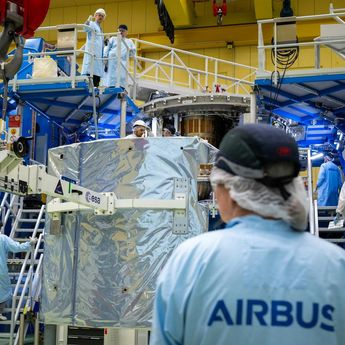
Airbus ships fourth European Service Module for Artemis IV
Press Release
Space
Fourth European Service Module (ESM-4) is ready to leave Airbus’ facilities in Bremen, Germany, and be shipped to NASA’s Kennedy Space Center, Florida, USA -

Airbus to design and build ESA’s ExoMars rover lander platform
Press Release
Space
-
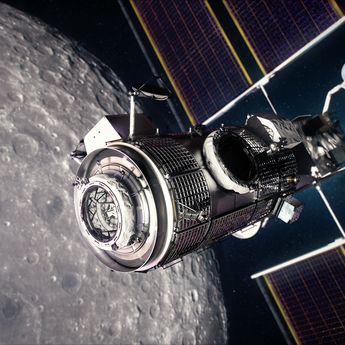
Keeping the lights on for the lunar Gateway HALO module
Web Story
Space
-

Orion’s European Service Module 3, the backbone of return to the Moon
Web Story
Space
-

The Rosetta odyssey: first ever comet-chaser
Web Story
Space








